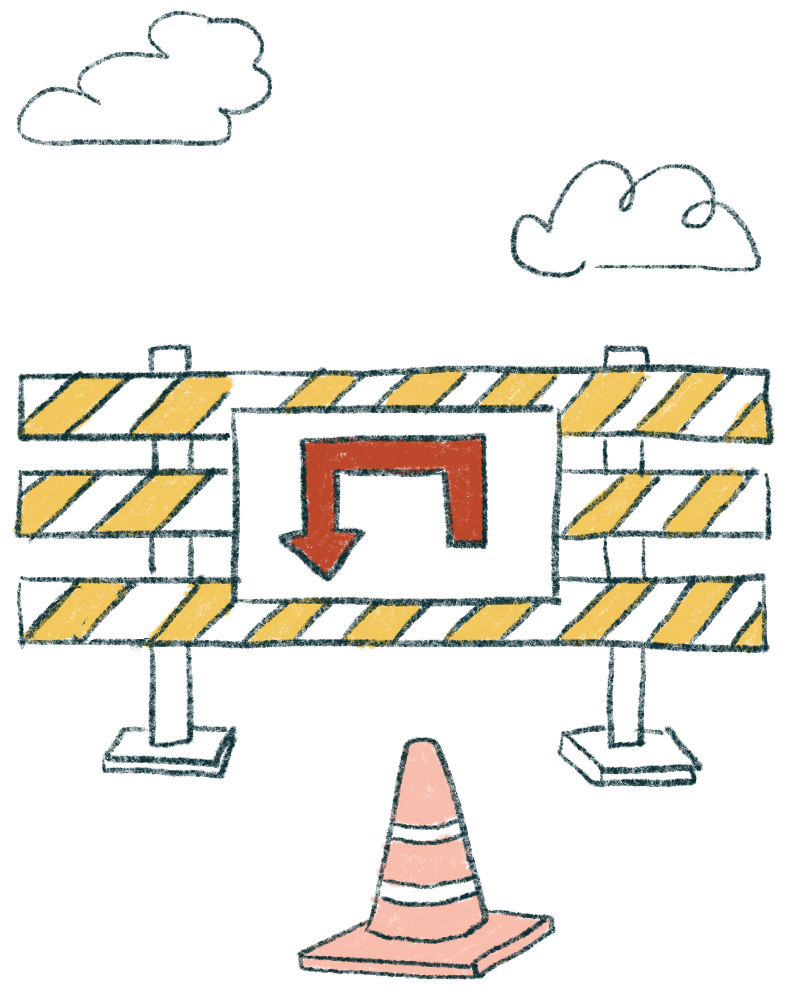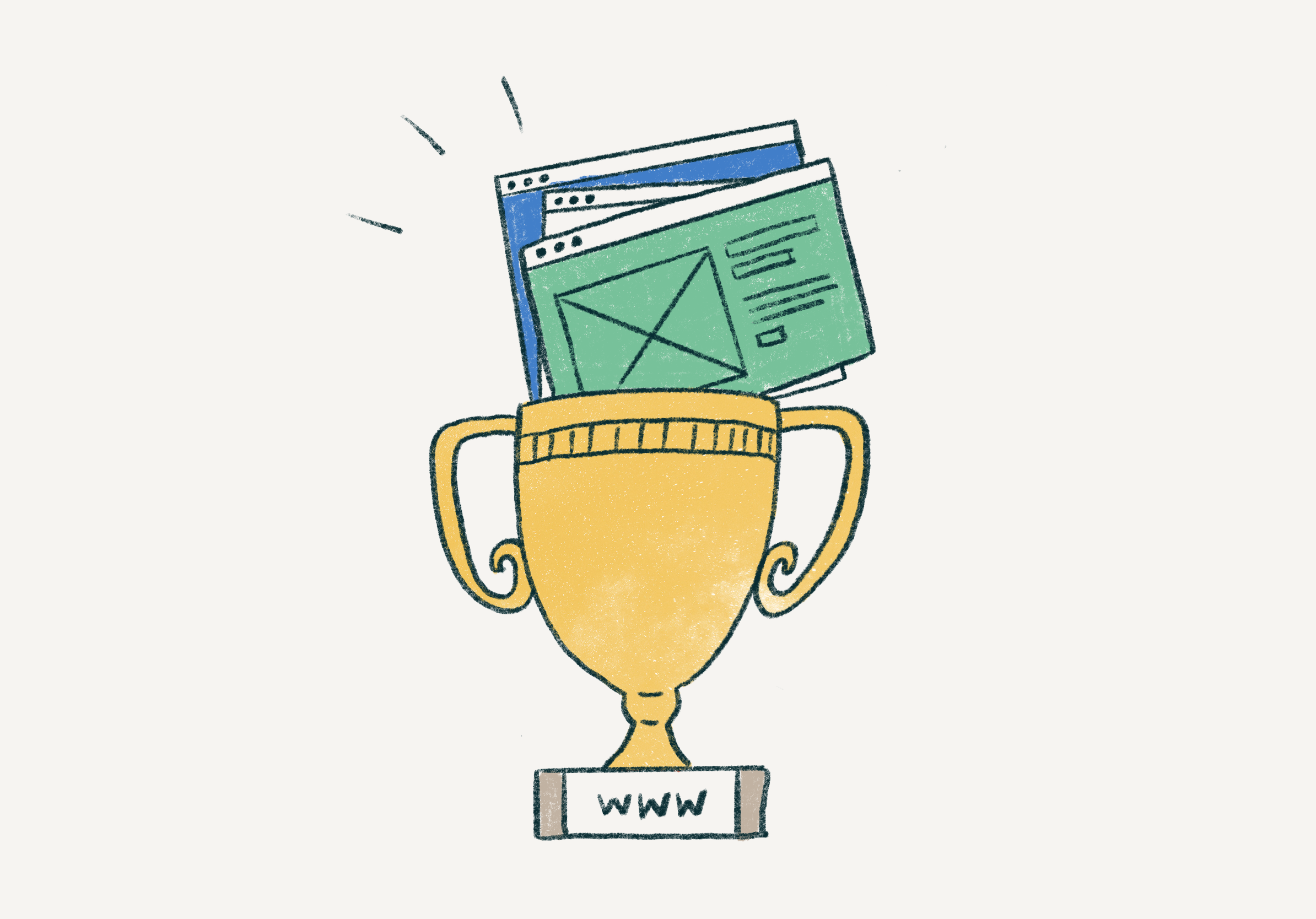When your member-driven organization needs a new website, searching for a design and development partner feels like the hardest part. Finding an agency with the qualifications and capacity to meet your schedule takes time and research. However, once you’ve hired the right team, the rest is just a matter of sitting back and waiting for your new website to launch and work as it should.
Not so fast.
Successful websites can’t simply be ordered up and delivered like an Amazon package. Redesigns cost more than money. If you want a site that makes a real difference for your organization, you have to invest your time as well. Dedicating time to your project before it officially kicks off ensures your organization receives the full value of its investment.
You’ll see the best results when both sides of a website project are active participants. Get your collaboration started right by following these steps:

1. Set Aside Expectations and Look Past Prior Website Project History
Website development should start by taking a holistic view of your website’s audience, your organization’s goals, and its messaging strategy. A collaborative examination of those details allows your agency to push past status quo solutions and discover the right approach for your website.
Coming into a website project with rigid, preconceived ideas about what your site requires limits how well your project addresses your organization’s needs. Similarly, if you’ve had a bad experience during a prior website design, you should discuss the details behind that project with your new agency.
What derailed your previous website’s success? Was it internal? Was it external? What was most painful about the process for your team? The right agency will help you identify those roadblocks and come up with tactics to prevent the same issues from occurring.

2. Build a Dream Team of Internal Stakeholders
As head of a marketing or communications team, the website may fall under your jurisdiction. But you can’t manage a website project alone. You need a small but mighty group of 3 to 5 people on your side who will support this project as a key priority from start to finish.
However, you shouldn’t attempt to recruit every stakeholder in your organization. For example, your CEO may be invested in a new website, but a busy schedule may hamper their availability. But involving all stakeholders in your organization in the day-to-day of the project may shift focus toward concerns related to their roles instead of solving problems for your end users.
Instead, someone from your team can keep all your stakeholders informed as your website design progresses. Keeping everyone in the loop helps prevent the project from being derailed by last-minute changes by allowing key stakeholders to provide feedback throughout the process.
Ultimately, this dream team should have the ownership on approving deliverables and other milestone decisions to ensure the project moves forward. Therefore, thoughtfully curating this team is critical, and each should be experienced with your current website.
The most important member of your team is the liaison between your organization and the agency. They will be responsible for coordinating meetings and collecting internal feedback. Ideally the liaison would have support on the team from a project coordinator. This person will oversee details such as collecting images, website copy, and other deliverables to satisfy content deadlines.

3. Be Realistic About Timelines to Protect Your Project Launch Date
Every website project lives or dies based on how well it follows an established timeline. The agency you hire is obligated to deliver your website by a certain date. But your team is just as responsible for ensuring it will be available to attend meetings, provide deliverables, feedback, and approvals, so your project stays on track.
Given the value of your organization’s website, you may be in an understandable rush to relaunch with a new, more functional design. But you have to be realistic about your team’s availability as well as the impact of their other responsibilities.
Before your website project starts, you should carefully review the timeline and honestly share any concerns. Be sure to factor in the availability of your project team and internal stakeholders to ensure your new website remains on track.
For example, someone on your team may have a two-week vacation planned. Or, the deadline you set for all website content to be delivered coincides with your organization’s annual convention. Whatever big events, holidays, or busy periods lie ahead, those need to be factored into your timeline to protect your launch date.
As your organization’s point person, you are responsible for setting up the foundation to keep your team on schedule. For example, you can set up all internal review meetings at the onset of the project so you can ensure availability of your team for all review points throughout the project. The right agency partner will do their part stay on track, but they can only do so much without your help.

4. Do Your Homework Before Any Redesign Work Begins
As a marketer, you know your organization’s website needs improvement. But how well do you really understand the full breadth of its condition?
You don’t have to diagnose your site’s needs — your agency partner will help you with that. But you should take the time to inventory all of your content and understand its purpose, accuracy, and context.
Maybe your organization’s last redesign was five years ago, or it took place before you were hired. But in either case, large websites often have legacy features that no longer apply to the organization’s current goals. Or, worse yet, function in a way no one understands.
Before you and your agency start rebuilding your site, you should ensure all those mysteries are solved. For example, contact your IT team to explain third-party tools or software tied to your current site and understand how they’re utilized.
Plus, you should meet with stakeholders to discuss new features on your organization’s wish list. Websites are challenging enough to develop without your team overextending its timeline and budget to create unnecessary features. But be sure to set expectations ahead of time that all new features will need to be in service of the website goals.
Before any functionality is built or designed, you and your agency partner should understand its purpose and the need it will resolve. By thoroughly understanding your organization’s problems, you and your agency can work together to design the right solution.





